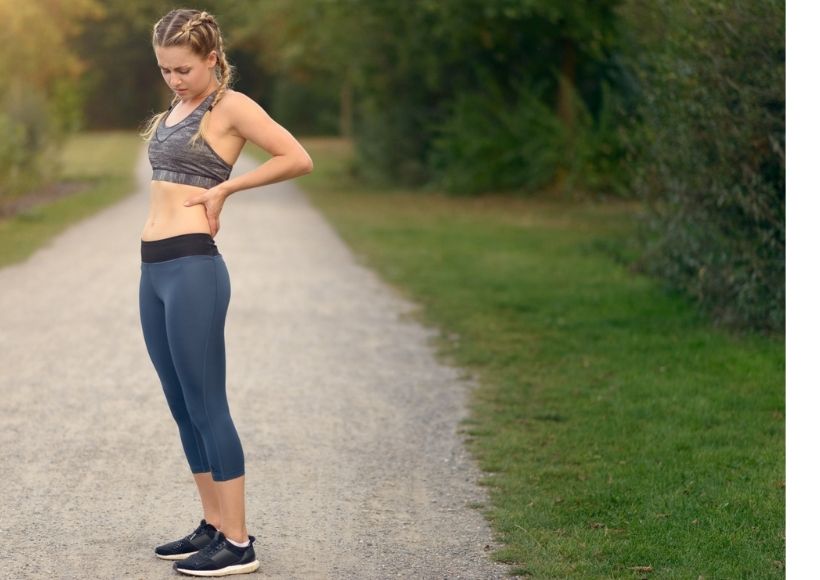Although a correct sports technique prevents injuries and the worsening of diseases, ignorance can lead us to positions that trigger chronic pain. How to act?
It is common to notice a loaded back after sports practice, and we attribute it to mechanical overload or stiffness, but if these symptoms last over time, we must rule out other possible causes.
A personal trainer will advise you personally via chat, and you will avoid risks, injuries, or ailments that can be easily prevented with precise attention.
Table of Contents
Recognize The Symptoms
It is a premise to know our musculoskeletal limit. We know when our muscles begin to run out, and we must know when to stop. It’s just a matter of self-control. If we do not know our limits, we run the risk of injuring ourselves.
Likewise, we must have knowledge that helps us better understand our symptoms as they begin to manifest. The mindset is not difficult, but it must be followed. Low back pain may be due to very different causes, among which we mention some unrelated to a sports problem, such as:
- Renal colic
- Urine infection
- Herpes zoster
Depending on the characteristics of the pain and the procession of accompanying symptoms, we can suspect its possible origin. Of course, if we have chills or are out of temper, we should not force the machine.
As a premise, a lumbar pain located at the waist level and that is modified with movement will be attributed to the pain of musculoskeletal origin, which could be a lumbar sprain, lumbago, psoas syndrome, sciatica, etc.
Also Read : Yoga And The Importance Of Its Training
How To Act
In all cases, sports activity will worsen our symptoms, so the best option would be to interrupt it and carry out the symptomatic treatment.
We will go to a face-to-face medical visit if symptoms do not improve after starting a sports break and analgesic treatment. It may be a self-limited mechanical overload, but it may be a more serious trauma problem. Therefore, our recommendation is:
- Go to a medical visit if the condition, far from resolving in two or three days, persists or, worse, worsens.
- Performing a physical examination and a good history will allow the doctor to orient the symptoms and issue a diagnostic orientation.
- It is most likely necessary to carry out a diagnostic test to define the case in greater depth. Initially, an X-ray is carried out to assess the vertebral discs, the intervertebral spaces, the alignment of the axis, possible dysmetria, arthritic signs, calcifications, malformations….
Know And Work The Core
After this global exposition of the significance that low back pain can harbor, it is important that the athlete, especially the runner, has some unavoidable knowledge. The first concept that must be internalized is that of the core muscles. These are the muscle groups that support the spine (muscles of the pelvis, lower back, hips, and abdomen). There must be a harmonious balance between these different muscle groups to distribute the force transmitted on the axis during the run. Any bad posture that alters the balance and muscular stability will lead to an overload of the rest of the muscular components.
The Core Muscles Comprise Three Anatomical Subgroups:
- Abs: are the muscles located in the abdominal wall. They support the digestive organs contained in the abdominal cavity, participate in respiration, and provide balance anterior to the axis of the spine. They are enhanced by doing sit-ups.
- The hip muscles stabilize the pelvic posture and provide stability and support during gait. They are enhanced with rotational movements.
- The lower back muscles (gluteal, pyramidal, and paravertebral) provide posterior stability to the axis of the spine. They are enhanced with stretching and forcing the elongation of the spine
A lax or weak muscle generates an incorrect distribution of loads that translates into vicious postures, muscle overloads, and even fibrillar ruptures. In the corridor, this balance cannot be underestimated. To maintain an upright posture, you must have strong abdominal and paravertebral muscles. To maintain prolonged ambulation, we must have a trained pelvic floor and gluteal muscles.
Also Read : Technology As A Guide For The Training & Fitness Of The Future

